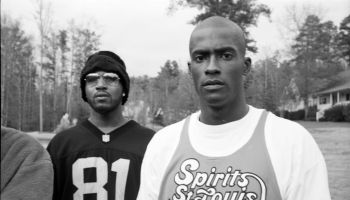First, the number of blacks living in poverty has increased.
According to US Census data 46.2 million people in the US were living in poverty in 2011. The nation’s official poverty rate was 15 percent, which was up from 14.3 percent in 2009. These figures appear to be the highest numbers seen in the 52 years for which the poverty estimates have been recorded. Blacks and Hispanics are most impacted by poverty, being three times more likely to live in poverty than whites according to absolute numbers.
Black men are disproportionately represented in our jail system; our communities are being ravaged by violence; the unemployment rate for our community is significantly higher than that of whites; and schools in our communities – including our HBCUs – are under attack.
That is why the second iteration of the March on Washington is so important. It provides an opportunity to for us to examine where we are 50 years later and to begin developing a plan to address our issues. It serves as a wake up call, hope for new leadership and change in our community.
If we are going to move forward toward the dream we must also prepare a response that includes diverse set of voices representing everyone in the community – from the streets to the suites.
We must work vigilantly to bring younger and less affluent voices to the conversation.
As a nation, we have done a great job of creating diversity in the areas of race, gender and sexual orientation, but there are still a people missing from the conversation. A large portion of those include 18- 40 years old, making less than $45,000 yearly, and those with criminal backgrounds are not included – or invited – to the conversation.
We must change this.
50th Anniversary Of March On Washington Offers Hope For New Leadership, Change [ORIGINAL] was originally published on oldschool1053.com


















